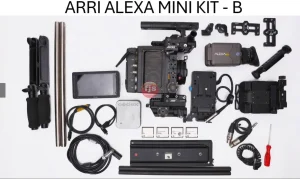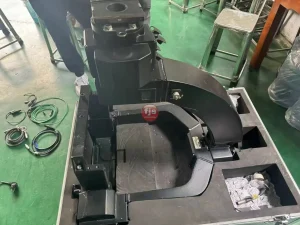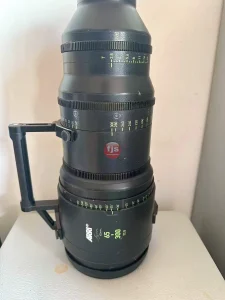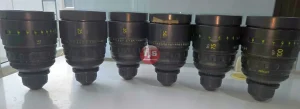Introduction:
Understanding the concept of focal length is essential for anyone interested in photography or videography. Focal length determines the magnification and field of view of a lens, ultimately affecting the composition and visual impact of an image. In this post, we will delve into the world of focal length, exploring its key features, benefits, and its relationship with optical zoom and angular field of view. By the end, you will have a comprehensive understanding of these concepts, enabling you to make informed decisions when choosing a lens for your next creative project.
Key Features and Benefits:
- What is focal length and how does it affect an image?
Focal length refers to the distance between the lens and the image sensor or film when the subject is in focus. It is typically measured in millimeters (mm). The longer the focal length, the narrower the field of view, resulting in a magnified image. Conversely, shorter focal lengths offer wider fields of view, capturing more of the scene. - How does focal length impact composition?
The choice of focal length can dramatically alter the composition of an image. Wide-angle lenses with shorter focal lengths, such as 16mm or 24mm, are great for capturing expansive landscapes or fitting multiple subjects into the frame. On the other hand, telephoto lenses with longer focal lengths, like 200mm or 300mm, excel at isolating subjects and compressing the background, ideal for portrait photography or wildlife shots. - What is optical zoom and its relationship with focal length?
Optical zoom refers to the capability of a lens to vary its focal length, allowing you to zoom in or out optically. This feature is particularly useful when you want to get closer to a subject without physically moving closer. A lens with a higher optical zoom range, such as 18-55mm, offers more flexibility in framing your shots. - How does focal length affect the angular field of view?
Angular field of view is the extent of the scene that a lens can capture, measured in degrees. As the focal length increases, the angular field of view decreases, resulting in a narrower perspective. This narrowing effect is why telephoto lenses are often referred to as “zoom lenses” – they magnify the subject by reducing the angle of view.
Conclusion:
Understanding focal length, its impact on composition, and its relationship with optical zoom and angular field of view is crucial for photographers and videographers. By grasping these concepts, you can effectively choose the right lens for each creative endeavor, ensuring that your images and videos have the desired impact. So, next time you’re planning a shoot, consider the focal length of your lens as a powerful tool to shape and enhance your visual storytelling.







